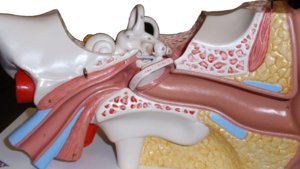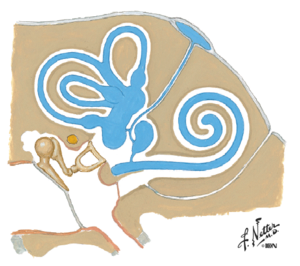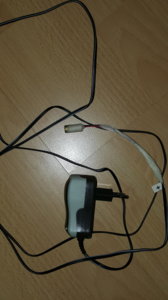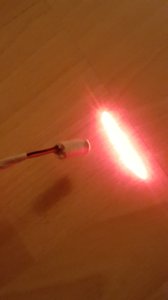All of that's outdated.
All of what?
breached
Breaching to me is entering a room with my close quarters combat squad and clearing it, please elaborate what you mean exactly.
''tinnitus''
Why is this in parentheses?
lassical literature of what objective means
Objective means that the sound you experience is measurable by others through either another ear or a microphone.
that talks of sound sensitivity which is cured with tenotomy so
What would be the relationship between conductive hypersensitivity and tinnitus exactly?
doesn't make any sense. Also, we have testimonies of people with sound sensitivity and tenotomy in the forums, at chat-hyperacusis and I pasted one here.
What part does not make sense to you?
Are you saying conductive hearing loss can't mimic sensorineural hearing loss?
If there is an observable difference it is not the same. Only gravity and acceleration, and space and time are the same to me. If by mimic you mean that somebody could be fooled into thinking one is the other then yes I believe even a clown could mimic an airplane but when it comes to hearing loss there are very simple procedures and tests that have been established quite a while ago to determine the root cause. In general there is little way to fool an audiologist since most of them (here anyway) are trained in applied science.
Harvard can spend 10 years researching and 40 years getting lectured by Jastreboff but that won't change the above evidence.
What evidence?
and yet people with tenotomies cured their ''sensitivity to particular sounds like a mouse or a keyboard''
I don't think anybody would say it's a big secret that some people would benefit from tendon changes in the ear but what does any of this have to do with tinnitus?
but they're both spectacularly wrong.
If you are right please at the very least explain the fundamental science behind it so that I and everyone else can test the hypothesis in another thread, this would add to our community. This said I do take a little more weight to the entire scientific community than your claim that professors of the Harvard medical school would be wrong, but more than that I wasn't talking about Jastreboff at all..
I think you're zooming in on something so small and so insignificant that we really have little interest in common. I am not concerned with the middle ear right now, all my own symptoms in the middle ear have all completely vanished within three months of tinnitus onset and my case of onset is Very evidently neurologically based as is that of the overwhelming majority of people around the world suffering from the condition.
I don't exactly know what you're claiming yet but if it's that tinnitus is pretty much caused by a middle ear problem the problem with your hypothesis would be that it is clearly opposed by practical experience when it comes to hearing loss and tinnitus. If you however believe this to be the case I suggest you formulate that hypothesis such that we can test it against literature and practice.
Again, all of this would be better served in a different thread of which I understand that there isn't one that would fit this right now. If you can wait a bit we'll be launching a research area where members can raise research inquiries and help in grass-root level research. This issue would fit perfectly there.

 Member
Member I'll do it including instruction as soon as I have some spare time.
I'll do it including instruction as soon as I have some spare time.



